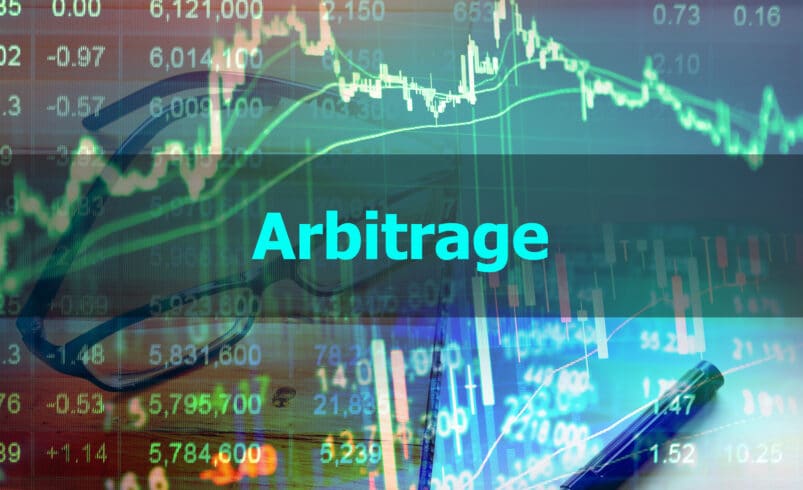Building a DApp on Ethereum: A Comprehensive Exploration

The decentralized digital landscape is teeming with innovations, and Ethereum’s DApps stands out as a testament to this evolution. DApps (Decentralized Applications) on the Ethereum platform have opened possibilities beyond traditional applications. For aspiring developers and curious tech enthusiasts, understanding the process of DApp creation on Ethereum is invaluable. Here’s an in-depth guide to enlighten your path.
Ethereum and DApps: An Introduction
At the confluence of blockchain technology and software development lies Ethereum, a decentralized platform designed to enable the creation and execution of smart contracts. In simple terms, smart contracts are self-executing contracts with conditions and outcomes directly written into lines of code. DApps leverage these smart contracts to function, creating a decentralized way of executing processes without intermediaries.
Preparing the Development Groundwork
Before immersing yourself in DApp development, you need to equip yourself with the necessary tools:
- Ethereum Node: Think of it as your liaison to the Ethereum network. Tools like Geth or Parity will allow you to establish this connection.
- Solidity Language: Solidity is to Ethereum what JavaScript is to web development. It’s the primary language for drafting smart contracts on the platform.
- Web3.js Library: A bridge between conventional web interfaces and the Ethereum blockchain, Web3.js facilitates interactions between the two.
- User Access Tools: Metamask is a prime example, a browser extension enabling users to interact with the Ethereum network effortlessly.
The Genesis of a Smart Contract
Creating a smart contract is akin to laying the foundation for your DApp. It’s imperative to delineate the core objectives, functionalities, data management protocols, and, if relevant, the intricacies of a token system. Once you mentally map out these aspects, you can translate them into Solidity code.
The development phase should be characterized by concise coding, efficiency, and an unwavering focus on security. After drafting the contract, don’t rush into deployment. Instead, use Ethereum’s test networks, like Rinkeby or Ropsten, to rigorously test and refine your creation.
DApp Design and Interface
Behind every successful DApp is a well-thought-out user interface. Remember, your audience may range from blockchain novices to experts. The design should be intuitive, making navigation a breeze even for first-time users. The front end of your DApp will primarily interact with the Ethereum blockchain, and integrating the Web3.js library is pivotal in ensuring seamless communication.
Unveiling Your DApp: The Deployment Phase
With your DApp refined and ready for the world, it’s deployment time. You have a choice here: the Ethereum Mainnet or the test networks. If you’re confident in your DApp’s functionality, the Mainnet is your stage. However, be prepared to expend real Ether for transaction fees associated with deployment.
A Continuous Journey: Updates and Refinement
Post-deployment, the journey is far from over. The realm of Ethereum is dynamic, and as a developer, it’s paramount to stay in sync with its ever-evolving nature. Regular updates, based on user feedback and technological advancements, will ensure your DApp remains relevant and functional.
Additionally, the world of blockchain and DApps is susceptible to new challenges, especially in terms of security. Staying updated about potential vulnerabilities and swiftly addressing them is crucial.
The Broader Implications of DApp Development
Standing on the precipice of a decentralized future, we must ponder the broader implications of DApp development on Ethereum. The advent of DApps signifies a shift from mere digitization to decentralization, ensuring more transparent, tamper-proof, and inclusive digital platforms. The real power of DApps transcends their codebase; it lies in their potential to democratize digital access and empower users.
This empowerment extends from control over personal data to participation in decision-making processes. As developers, businesses, and users, embracing DApps is not just about adapting to a new technological trend; it’s about championing a paradigm shift that stands to redefine the contours of digital interactions and the very ethos of the internet. With each DApp, we’re not just adding to the technological repository; we’re sowing the seeds for a more equitable digital ecosystem.
DISCLAIMER: It's essential to understand that the content on this page is not meant to serve as, nor should it be construed as, advice in legal, tax, investment, financial, or any other professional context. You should only invest an amount that you are prepared to lose, and it's advisable to consult with an independent financial expert if you're uncertain. For additional details, please review the terms of service, as well as the help and support sections offered by the provider or promoter. While our website strives for precise and impartial journalism, please be aware that market conditions can shift unexpectedly and some (not all) of the posts on this website are paid or sponsored posts.









